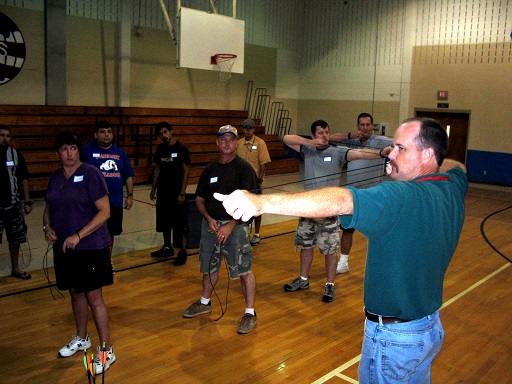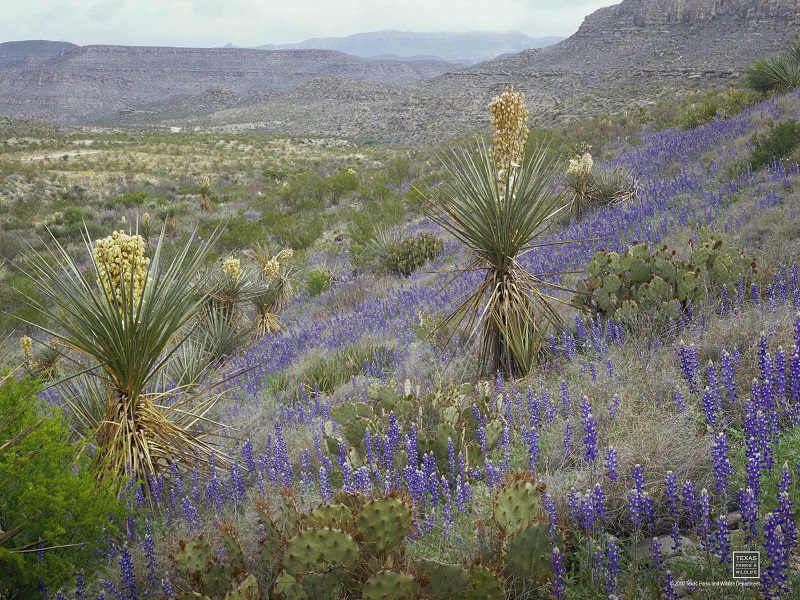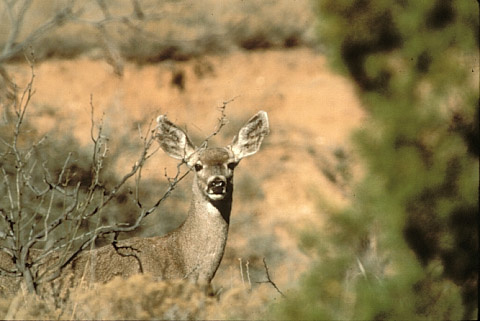Archery is a Sport for all Abilities
Friday, June 30th, 2017This is Passport to Texas
Participation in archery, helps kids develop various skills.
Because you learn decision-making, and judging distances, and focusing—and tht sort of thing. So, there’s a lot of life skills.
Burnie Kessner is the archery coordinator for Texas Parks and Wildlife. The National Archery in Schools Program introduces students to the sport. What makes this sport and program special is that anyone of any ability can be successful.
Physical limitations are addressed by adaptive devices on the bow and arrow. We do archery at Special Olympics—that audience can do it. And, at the School for the Deaf and the School for the Blind [and Visually Impaired] in Austin, they do archery. So, all kinds of challenges can be overcome and still participate in archery.
In fact, Kessner says visually impaired students have successfully competed in state and national school tournaments with everyone else.
They can’t see the bow and arrow they’re holding. They can’t see the target. They just need someone else to assist them and be their eyes and give them verbal cues—and they can shoot just like everybody else.
Interested in bringing the Archery in Schools program to your district? Log onto the Texas Parks and Wildlife website and find out how.
The Wildlife restoration program support our show, and promotes the shooting sports in Texas.
For Texas Parks and Wildlife…I’m Cecilia Nasti.







 Passport to Texas is a
Passport to Texas is a  Passport to Texas is made available by:
Passport to Texas is made available by: